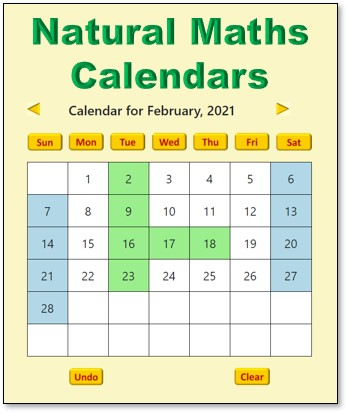What Can You Pack Into A Day?
Helping Students Understand Measure Of Time: book three
In our series of short blogs aimed at helping students understand what a day is and how days are sequenced, we share our third book, ‘Diary of a Wombat‘.
I chose this book because it presents the repeating cycle within the days of the week as well as the days of the week themselves. In the first blog about calendar picture books, I talked about the difficulties that students have learning about long time durations and about the temporal patterns that repeat. In this picture book, Wombat’s night and day antics are recounted. Morning is followed by afternoon and night repeatedly and predictably.
I watched and listened to the book being read on YouTube in a very slow but not monotonous fashion, stretching out the time frames and giving emphasis to duration of time periods.
There is a lot to talk about in this book, eg.:
“What did wombat do in the mornings?”
“Did he do the same things every morning?”
“Do we do the same things every morning?”
“What do we do in the morning?”
This can be repeated for afternoon and night time too.
A class or individual diaries could be created, either real or fantasy, modelled on the diary recount style presented in the book. Maybe the diary could be about the maths lesson each day or a summary of the day diary style on Seesaw or some other platform.
The key idea is that students identify and talk about parts of the day and understand that the pattern is always the same; morning, afternoon, evening and night time followed by the next morning. As these ideas develop, it will make sense to start to introduce actual times matched to the parts and familiar events in a day.
Further ideas and suggestions for mental routines and problematized situations can be found in:

Enjoy!

